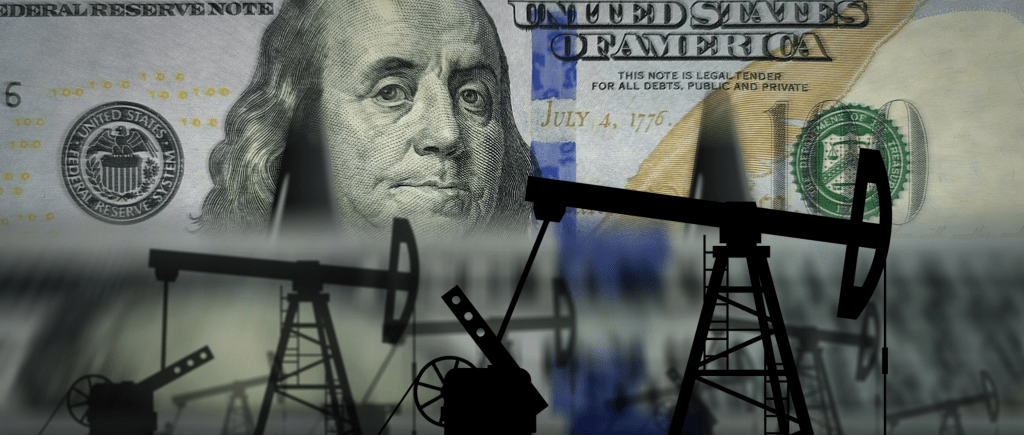Crude Prices Bounce Back
On July 28, 2025, oil prices surged, with West Texas Intermediate (WTI, CL=F) climbing 2.38% to $66.71 per barrel and Brent crude (UKOIL) rising 1.82% to $69.53, up $1.24 from its previous close of $68.29. Brent traded within a daily range of $67.56 to $69.66, signaling a tentative recovery from recent lows. The rally reflects a mix of technical support, with WTI holding a $65 floor and Brent anchoring above $68, alongside fundamental drivers like Saudi Arabia’s pricing strategy, EU sanctions on Russian diesel, and a stabilizing US-EU trade deal. However, volatile global demand signals, particularly from China, keep the market on edge.
Saudi Moves and Diesel Disruptions
Saudi Arabia’s plan to hike its Official Selling Price (OSP) for Arab Light crude to Asia by $0.90–$1.05 per barrel for September, setting premiums at $3.10–$3.25 over Oman/Dubai, is tightening supply. Strong Asian refining margins and reduced Saudi exports due to domestic demand are pushing buyers toward lighter blends, supporting Brent’s climb above $70. Meanwhile, EU sanctions on Russian refined products are disrupting global diesel flows, forcing refineries to reroute supplies from Latin America and the Middle East. These costly detours bolster demand for sweet and medium crude grades, indirectly lifting WTI and Brent prices despite surplus supply concerns.
US-EU Trade Deal Boosts Sentiment
The US-EU trade agreement, finalized on July 27, 2025, has eased tariff fears, committing Europe to $750 billion in US energy purchases over three years. This long-term demand outlook strengthens WTI, as US exporters anticipate steady orders. Concurrently, potential US reinstatement of swap deals with Venezuela’s PDVSA could add heavy sour barrels to the market, though Gulf Coast refiners’ aggressive buying of Middle Eastern and South American crudes suggests structural tightness in medium-heavy grades. This dynamic supports both WTI and Brent, even as global growth concerns linger.
US Production and China’s Mixed Signals
US onshore oil production hit record highs, yet commercial inventories remain tight, as refineries and exports absorb new barrels. Rising US gasoline prices, up 1.85% to $2.136, signal robust summer demand, further propping up WTI. In contrast, China’s economic signals are mixed: Q2 GDP grew 5.3%, but weak fixed-asset investment and a 9.2% drop in steel production hint at softening industrial demand. This uncertainty caps oil’s upside, with Brent facing resistance near $71.20 and WTI at $68.75, though technical indicators like RSI and MACD suggest a short-term bullish tilt.
Cautious Bullish Bias
Oil markets are at a crossroads, with WTI and Brent testing key support levels ($65 and $68, respectively). A break below could signal declines toward $62.50 for WTI or $67 for Brent, but current fundamentals—Saudi price hikes, diesel disruptions, and US-EU trade stability—favor a short-term rally to $68–$70 for WTI and $70–$73 for Brent. OPEC’s August 3 meeting and US-China trade talks by August 12 will be critical. Geopolitical risks, like Red Sea tensions, add volatility, but for now, oil bulls hold the edge, contingent on steady demand and no major supply shocks.

 Noor Trends News, Technical Analysis, Educational Tools and Recommendations
Noor Trends News, Technical Analysis, Educational Tools and Recommendations




